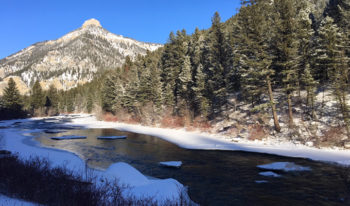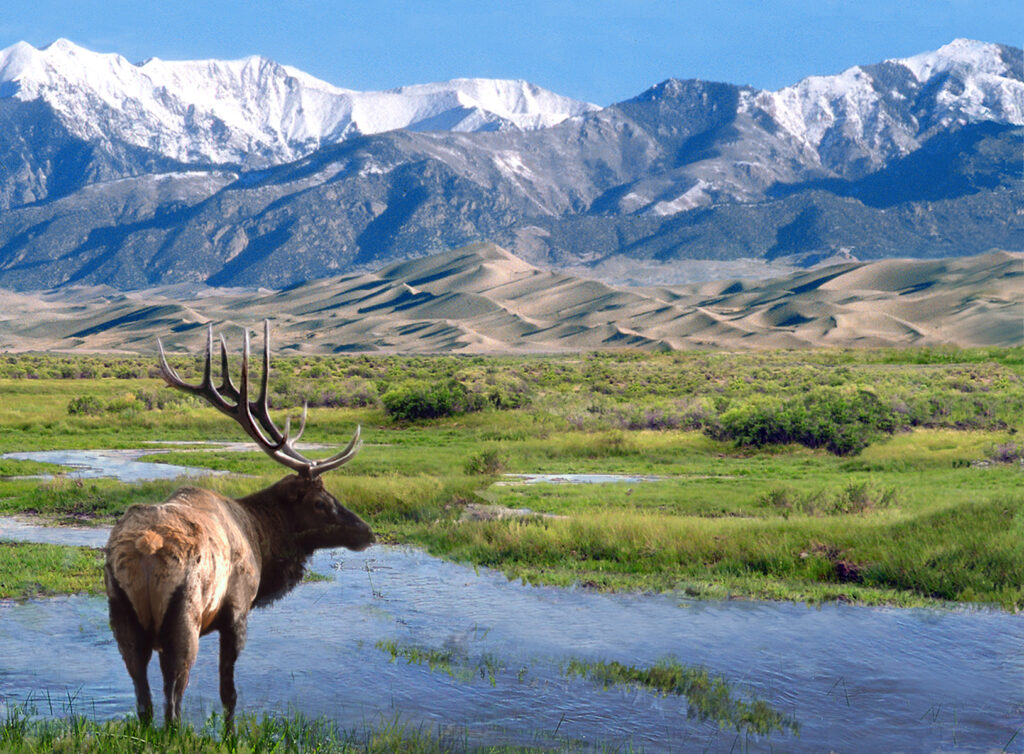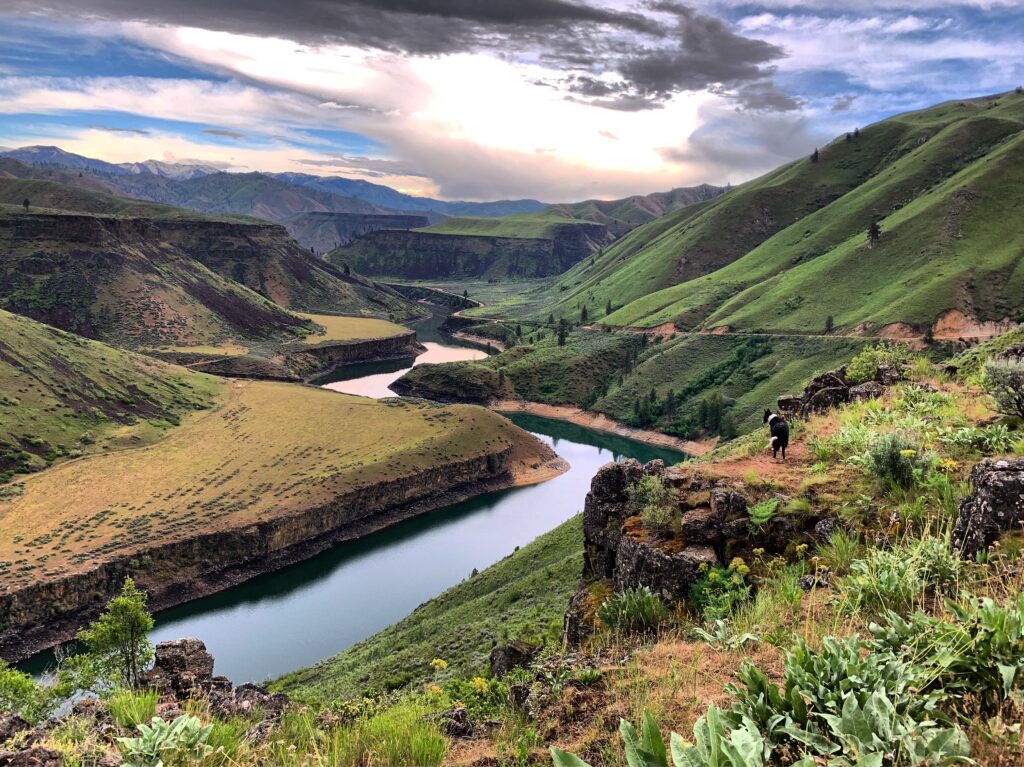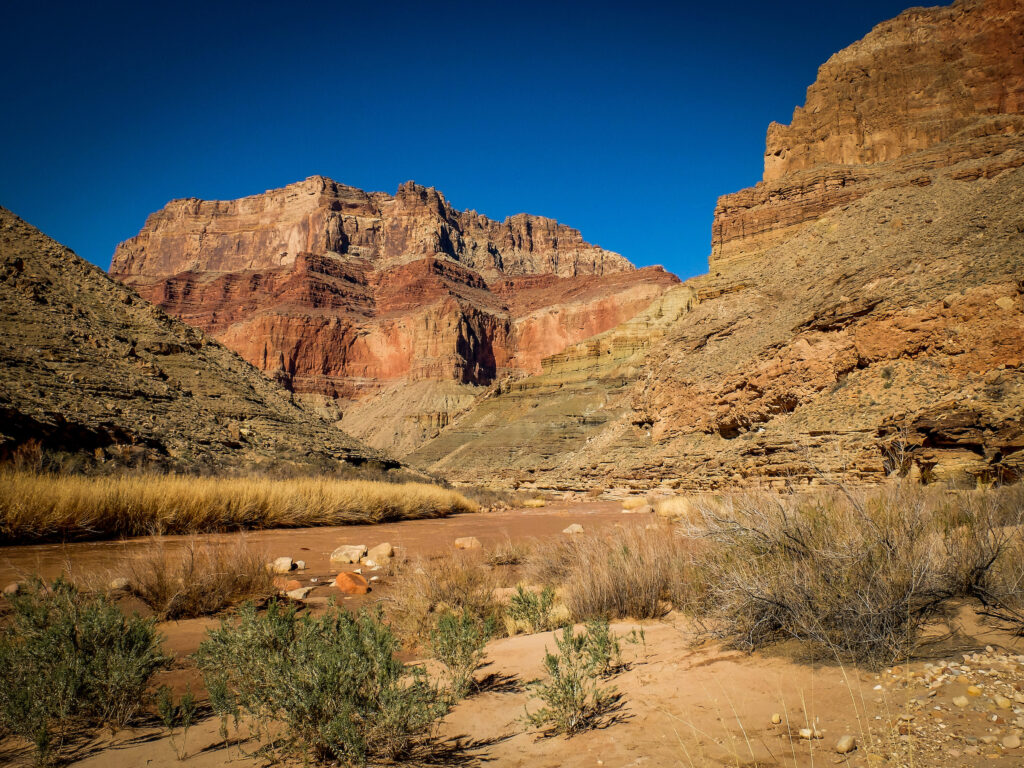Can a Booming Resort Community Co-Exist with Healthy Rivers?
Nutrient pollution from growth and development is a major threat to our rivers, but one booming resort community in Montana is coming together to make sure their development will protect local waterways.
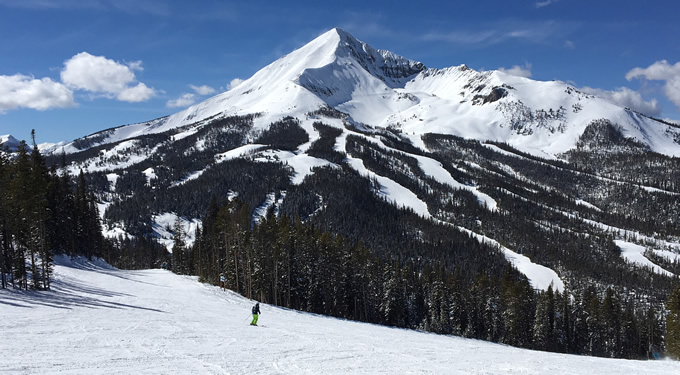
As an alpine ski instructor for over twenty years and the son of a golf professional, I’ve always struggled to reconcile my job as a river advocate with my passions for skiing and golf. Let’s face it – both activities consume a lot of land and water.
So when I first got involved with water issues in the booming resort community of Big Sky, Montana over a decade ago, I wondered if there might be some way to protect the rivers I love while also maintaining the world-class recreational pursuits that local residents and millions of visitors come here to enjoy.
I had a chance to answer that question through American Rivers’ participation in the Big Sky Sustainable Water Solutions Forum over the past 18 months. The forum, which was comprised of a broad spectrum of stakeholders ranging from conservation groups to irrigators to developers and the two local ski resorts, was charged with coming up with a set of recommendations for how Big Sky can meet its future water supply and wastewater disposal needs while also protecting the Gallatin River and other local waterways that make the area such a spectacular natural wonderland.
As a headwaters community, Big Sky has a special responsibility to ensure that its growth and development don’t adversely impact those who live downstream. After all, what happens in Big Sky not only affects everyone who lives and recreates in the Gallatin Canyon, but also all the farmers and ranchers who irrigate their crops with river water and the 100,000 residents who live in the Gallatin Valley.
The elephant in the room at the forum’s monthly meetings was the specter of direct discharge of treated wastewater into the Gallatin River. The sad fact is, virtually every community in America dumps its treated wastewater into local waterways. Such is the case with my hometown of Bozeman, which discharges five million gallons of treated wastewater per day into the East Gallatin River. Not surprisingly, the river is nearing its tipping point in terms of nutrient pollution.
Fortunately, the members of the forum agreed from the onset that rather than taking the easiest route, Big Sky should strive to become a model mountain community by reducing its water use and recycling as much water as possible so it can be put to other beneficial uses. At the end of the day, the forum stayed true to its goal when its members agreed, after some vigorous debate, to pursue alternative options for disposing of treated wastewater rather than just piping it into the Gallatin River. Those options center around upgrading the existing wastewater treatment plant so its end product attains, or comes close to attaining, a drinking water standard and using it to irrigate local golf courses and make snow at the local ski resorts.
While the forum was meeting to discuss water supply and wastewater disposal issues, the greater Big Sky community has rallied around the idea of protecting its most cherished local waterways under the federal Wild and Scenic Rivers Act. The Act, which will celebrate its 50th anniversary in 2018, is our nation’s most effective tool for protecting a river’s free-flowing character, clean water, and special values. Among the Big Sky area waterways that local residents and businesses want to see protected are the public lands reaches of the Gallatin River, Taylor Fork, Porcupine Creek, and Upper Madison River.
So while there’s no denying that Big Sky’s development has consumed a lot of land and water over the past four decades and its footprint will continue to expand in the coming years, the community has made a powerful statement that its growth must not come at the expense of the Gallatin River and other local waterways that make it such an attractive place. That’s a high bar it has set for itself, but our rivers deserve nothing less.
